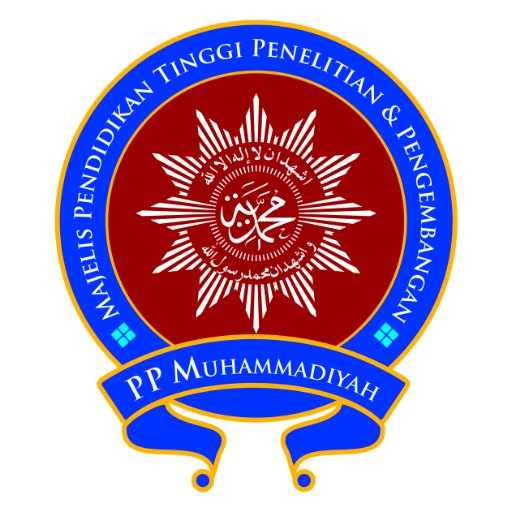Analysis of Expectations Violation Theory of Communication in Tinder Application
DOI:
https://doi.org/10.53017/ujas.247Keywords:
Communication, Theory of violation of expectations, TinderAbstract
Social media as a means of communication can also be a place for branding, entrepreneurship and marketing. Various apps are very easy to access including online dating apps. The Tinder app is an online dating platform that came into existence in 2012 and has the highest percentage in 2022 compared to other online dating apps. Communication plays an important role in the message exchange that occurs in the Tinder app. The established communication patterns will affect the first impression when meeting in the media. Every human being has expectations of non-verbal messages or behaviors from others. This study aims to analyze the theory of violation of expectations of tinder app users as a communication intermediary to establish relationships. This study used a qualitative descriptive method by conducting structured interviews with active users of the Tinder application. Interviews were conducted to find out the informant’s perspective when using the application. Assumptions arising from the violation of expectations result in the non-occurrence of the same expectations. Based on the results of research, the tinder application is not only to find a partner but also can add relationships both in the world of lectures and in the world of work. Then, two out of three tinder app respondents managed to achieve expectations in using the tinder app.
Downloads
References
N. F. Astuti, “Mengenal Fungsi Media Sosial, Berikut Pengertian dan Jenisnya,” merdeka.com, 2021.
Umam, “Pengertian Media Sosial, Sejarah, Fungsi, Jenis, Manfaat dan Perkembangannya,” gramedia.com, 2021.
L. Hasibuan, “Yang Jomblo Merapat, Ini 8 Aplikasi Cari Jodoh Paling Hits,” cnbcindonesia.com, 2021.
A. Gunawan, “Masih Jomblo? Ini 7 Aplikasi Cari Jodoh Terbaik untuk Digunakan,” idntimes.com, 2022.
R. Chozanah, “Pengguna Media Sosial di Indonesia Tinggi, Begini Dampak Positif-Negatif Bagi Anak atau Remaja yang Menggunakannya,” health.grid.id, 2019.
N. L. Adi, “Pengelolaan hubungan antar pribadi dari pasangan yang berkenalan melalui aplikasi online dating,” Jurnal Interaksi Online, vol. 27, no. 3, pp. 93–102, 2019.
A. A. Sendari, “Tinder adalah Aplikasi Kencan, Ketahui Cara Menggunakannya,” hot.liputan6.com, 2022.
M. Iqbal, “Tinde Revenue and Usage Statistics,” businessofapps.com, 2022.
A. Freer, “Tinder retains highest market share in dating apps reaching 72% of MAUs,” businessofapps.com, 2022.
A. Lidwina, “Tinder, Aplikasi Kencan Daring Paling Banyak Digunakan di Indonesia,” Databoks.Katadata.Co.Id, 2021.
M. A. Rizaty, “Kian Populer, Pelanggan Tinder Naik Lagi pada Kuartal I 2022,” Databoks.Katadata.Co.Id, p. 2022, 2022.
H. Mulachela, “Komunikasi Adalah: Definisi, Unsur dan Tujuannya,” katadata.co.id, 2022.
M. A. Ahmad, “Komunikasi Sebagai Wujud Kompetensi Sosial Guru Di Sekolah,” Jurnal Komodifikasi, vol. 7, pp. 33–44, 2019.
A. Suherman, Buku Ajar Teori-Teori Komunikasi. Sleman: Deepublish, 2020.
V. Karunia MP, “Teori Pelanggaran Harapan, Harapan akan Perilaku Nonverbal Orang Lain,” kompas.com, 2022.
F. Y. Gustia, “Jurnal Komunikasi Profesional Perkembangan aplikasi teori pelanggaran harapan dalam berbagai konteks komunikasi?: tinjauan pustaka sistematis,” vol. 6, no. 5, pp. 477–502, 2022.
R. Cahyani, Regita & Ayu, “Biro Jodoh Online: Kegunaan dan Dampak,” JURIS (Jurnal Ilmiah Syariah), vol. 19, no. 2, p. 163, 2020, doi: 10.31958/juris.v19i2.2362.
A. D. L. Ability and L. Strength, “Pelanggaran Harapan Terkait Edukasi Kecantikan di Realitas Tiktok,” pp. 347–350, 2021.
N. Hasanah, “Komunikasi Virtual (Kajian Fenomena Budaya Hallyu Wave Terhadap Gaya Hidup Remaja Di Purwokerto),” 2016.
W. Kustiawan, “Perkembangan Teori Komunikasi Kontemporer,” Jurnal Komunika Islamika?: Jurnal Ilmu Komunikasi dan Kajian Islam, vol. 6, no. 1, p. 15, 2019, doi: 10.37064/jki.v6i1.5517.
D. A. Ofori et al., “Komunikasi Antarpersonal Pada Pasangan Berbasis Aplikasi Kencan Online (Studi Deskriptif Mahasiswa Universitas Negeri Surabaya Pengguna Aplikasi Tinder),” Molecules, vol. 2, no. 1, pp. 1–12, 2020.
M. R. Fadli, “Memahami desain metode penelitian kualitatif,” Humanika, vol. 21, no. 1, pp. 33–54, 2021, doi: 10.21831/hum.v21i1.38075.
I. N. Rachmawati, “Pengumpulan Data Dalam Penelitian Kualitatif: Wawancara,” Jurnal Keperawatan Indonesia, vol. 11, pp. 35–40, 2007, doi: 10.7454/JKI.V11I1.184.
Downloads
Published
How to Cite
Issue
Section
License
Copyright (c) 2024 Nasywa Fildza Nabila, Fadillah Sandy

This work is licensed under a Creative Commons Attribution-NonCommercial 4.0 International License.





